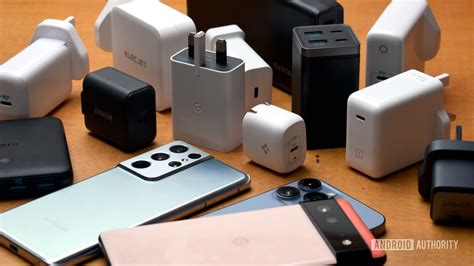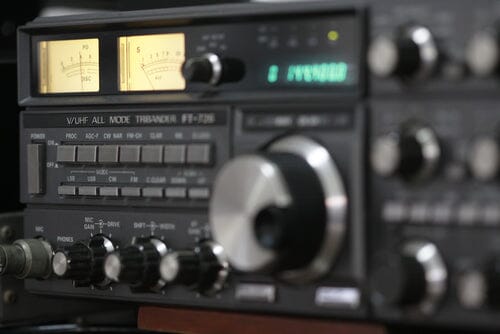What Is SWR?
A simple guide to Standing Wave Ratio, why it matters, and how to keep it low for safer gear and stronger signals.
Definition
SWR stands for Standing Wave Ratio. It measures how efficiently RF power moves from your radio into the antenna system. A perfect match is 1.0:1. Higher ratios mean more power is reflected back toward the radio.
- Forward power: power going from the radio to the antenna.
- Reflected power: power bouncing back due to mismatch.
- SWR ratio: a comparison of forward vs. reflected power.
Why SWR matters
- Radio safety: High SWR can stress finals or trigger protective power rollback.
- Performance: Lower SWR means more power radiates, improving range and clarity.
- Diagnostics: SWR spikes point to issues like bad coax, poor grounds, wrong antenna length, or faulty connectors.
Good SWR targets
- 1.0–1.3:1 Excellent.
- ≈1.5:1 Very good. Minimal loss.
- ≈2.0:1 Usable but worth improving.
- >2.5:1 Poor. Fix before heavy use.
Fast tuning logic
- Measure SWR at low, mid, and high frequencies in your band.
- If SWR is lower at the low end than the high end → antenna is too long → shorten slightly.
- If SWR is lower at the high end than the low end → antenna is too short → lengthen slightly.
- Re-check after each small change until the minimum SWR sits near your operating frequency.
Good tools: an SWR meter matched to your band or a quality antenna analyzer. Keep coax and grounds in good condition.
Common myths
- “Any CB SWR meter works on 2m.” False. Use meters rated for the band you’re tuning.
- “1.0:1 is mandatory.” Not always. 1.2–1.5:1 is typically fine.
- “A tuner fixes the antenna.” A tuner matches the radio to the line. It doesn’t physically fix a poorly sized or placed antenna.
FAQ
What does SWR stand for?
Standing Wave Ratio. It compares forward and reflected power to show match quality.
What SWR should I aim for?
1.0–1.5:1 is ideal for most setups. Below 2.0:1 is usually acceptable.
Does low SWR guarantee maximum range?
No. Low SWR prevents waste, but range also depends on antenna design, height, location, ground system, power, and environment.
Do I need a different meter for VHF/UHF vs CB?
Yes. Use a meter or analyzer rated for your frequency band for accurate readings.
Can a tuner replace proper antenna tuning?
No. It helps the radio tolerate mismatch. Proper antenna length and installation still matter.
Keyword prompts
- what is swr
- what does swr stand for?
- swr radio tuning what is it



